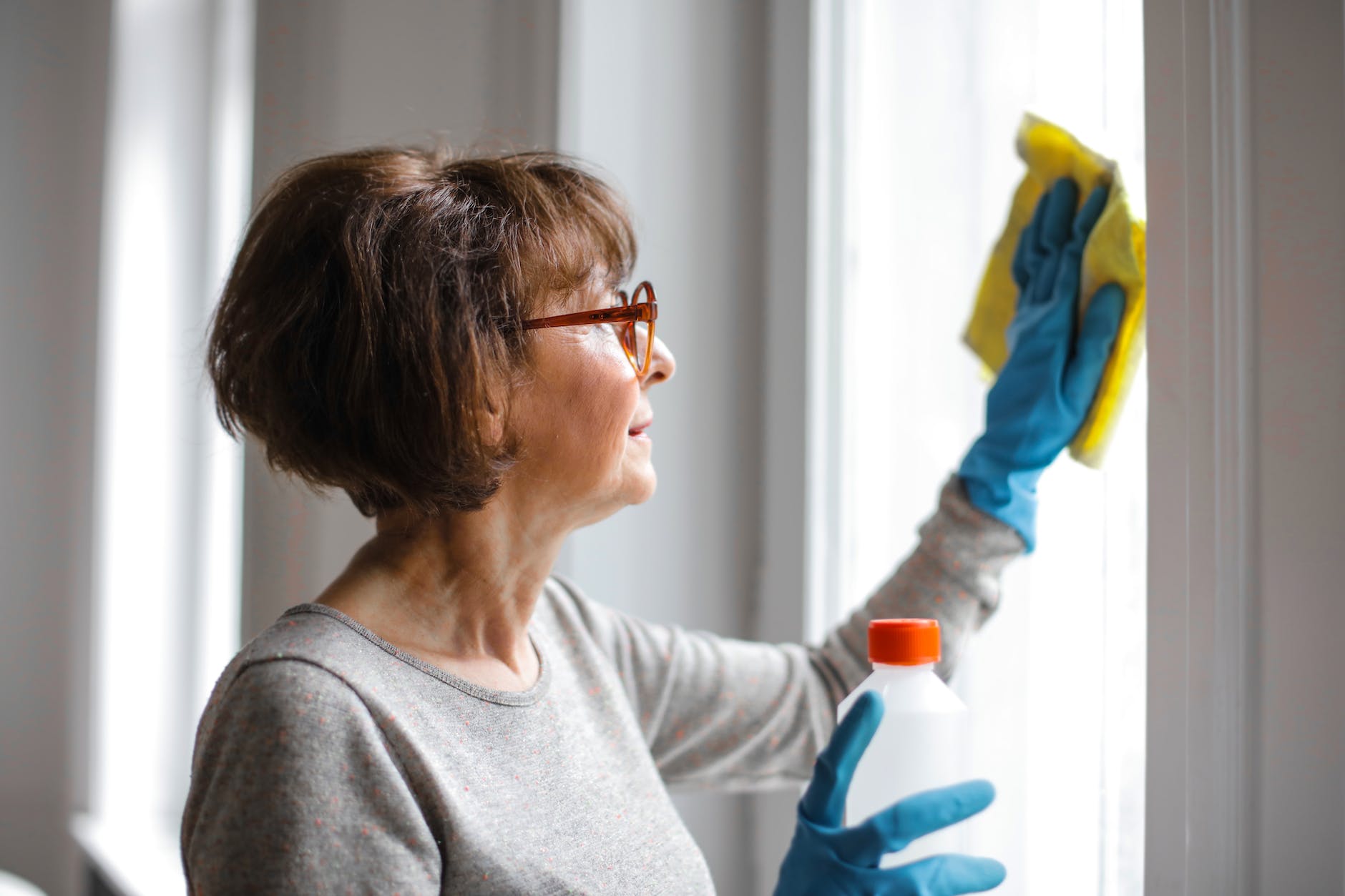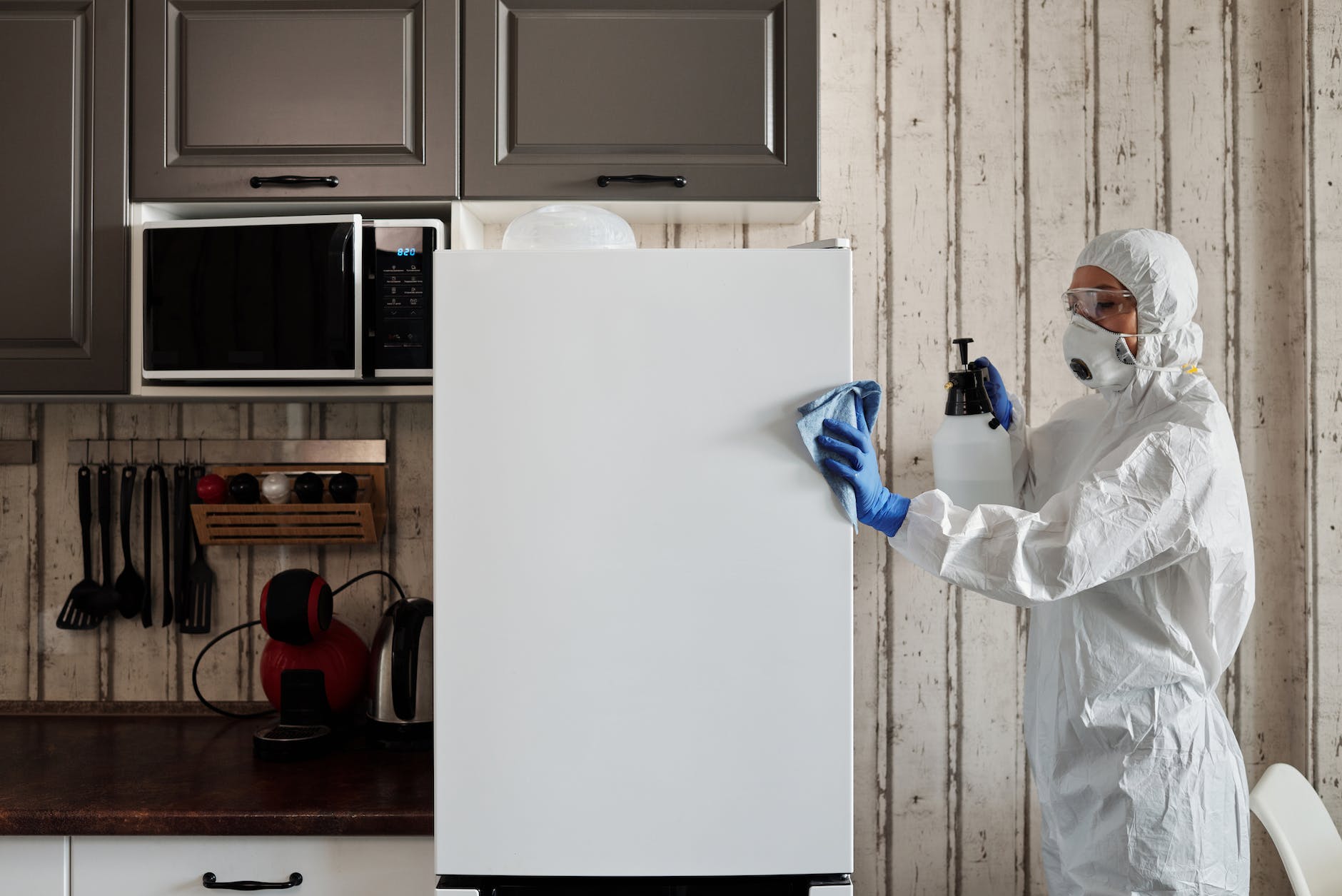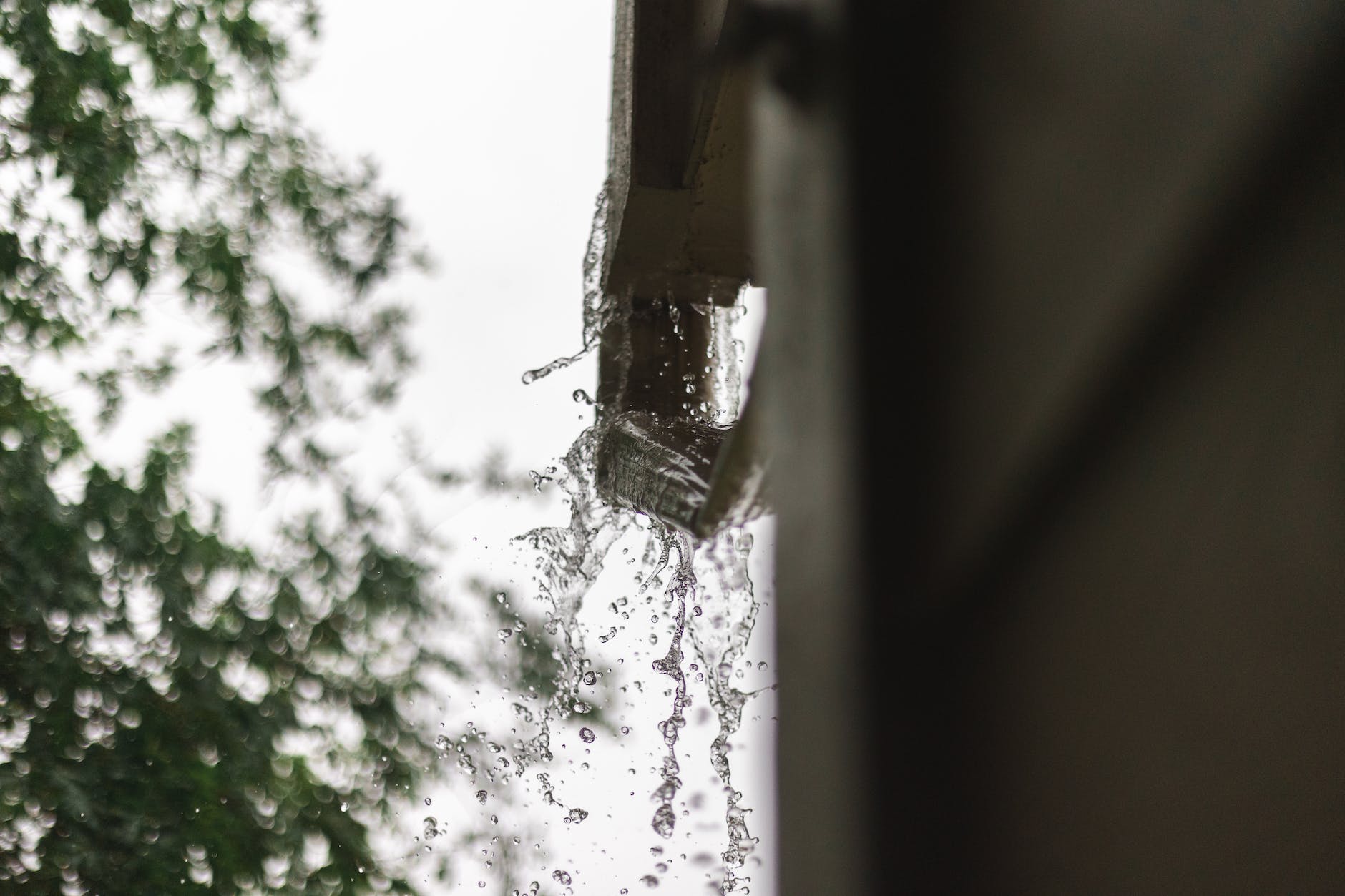If your gas fireplace that keeps turning off, several common issues may be causing the problem. First, check the pilot light to ensure it is lit and the flame is steady. If the pilot light is flickering or going out, it may be a sign of a dirty or faulty thermocouple, which can be cleaned or replaced. Additionally, inspect the gas supply to ensure there are no interruptions or leaks.
Dirty or clogged burners may also cause the fireplace to shut off, so cleaning them can be a simple solution. Suppose these troubleshooting steps don’t resolve the issue. In that case, it’s recommended to consult with a professional gas fireplace technician to diagnose and fix more complex problems safely. Gas appliances involve potential safety hazards, and it’s crucial to prioritize the expertise of a qualified technician for comprehensive inspection and repairs.
Why does my gas fireplace keep cutting off?
Several factors could contribute to a gas fireplace repeatedly cutting off. One common issue is a thermocouple or thermopile malfunction. These components are safety devices that sense the presence of a flame and allow the gas valve to remain open. If they are faulty or covered in soot, the fireplace may shut off as a safety precaution.
Another potential cause is a blocked pilot orifice, hindering the proper ignition of the pilot flame. Additionally, issues with the gas supply, such as low gas pressure or a partially closed gas valve, could result in the fireplace shutting off intermittently. To address these problems, it’s recommended to have a qualified technician inspect and service the gas fireplace, ensuring that all components are in good working condition.
What are the parts of a gas fireplace?
A gas fireplace consists of several key components that work together to provide a controlled and efficient source of heat. The main components include the burner, which emits flames and distributes heat, and the gas control valve, responsible for regulating the flow of natural gas or propane. A thermocouple or thermopile serves as a safety feature by sensing the presence of a pilot flame and ensuring proper ignition.
The pilot light is a small, continuously burning flame that ignites the main burner when the fireplace is in use. Surrounding the combustion area is the firebox, typically made of fire-resistant materials, and a log set or fire glass for decorative purposes. Many gas fireplaces also come with a blower or fan system to enhance heat distribution throughout the room. Additionally, a venting system may be present, either in the form of a direct vent that expels combustion byproducts outside or a vent-free design that circulates warm air into the living space.
What Parts Should You Check If Your Fireplace Keeps Going Out?
If your fireplace keeps going out, several components may require inspection. Start by checking the damper to ensure it’s fully open, allowing for proper airflow. Examine the flue for any blockages, such as debris or bird nests that might be hindering the draft. Verify that the pilot light is consistently lit, as a malfunctioning pilot light can lead to flame extinguishment. Additionally, inspect the thermocouple, a safety device that detects the pilot light’s presence; if faulty, it may cause the gas supply to shut off.
Finally, assess the condition of the gas control valve to ensure it’s functioning correctly. Regular maintenance and timely addressing of these components can help maintain a steady and reliable flame in your fireplace. If issues persist, consulting a professional fireplace technician is advisable for a thorough inspection and necessary repairs.
Pilot Light Problems
Pilot light issues are common in gas fireplaces and can lead to difficulties in igniting the main burner. Suppose the pilot light is not functioning correctly. In that case, it can result in a lack of heat output or cause the fireplace to shut off unexpectedly. Troubleshooting pilot light problems involves inspecting and addressing issues that may prevent the pilot light from staying lit, such as gas flow problems, thermocouple malfunctions, or debris blocking the pilot orifice.
Checking the Pilot Light to If the Fireplace Has a Control Panel
For fireplaces equipped with a control panel, troubleshooting pilot light issues involves a systematic approach. Start by locating the control panel and following the manufacturer’s instructions for accessing the pilot assembly. Check for proper gas flow, ensuring the gas valve is in the “On” position. If the pilot light doesn’t stay lit, clean the pilot assembly, inspect the thermocouple for signs of wear or damage, and ensure no obstructions in the pilot orifice. If issues persist, it may be necessary to consult a professional technician to address more complex problems.
Checking the Pilot Light If the Fireplace Has a Key
Fireplaces with a key-operated pilot light require a specific set of checks. Begin by locating the key-operated gas valve, usually situated near the fireplace. Turn the key to the “Pilot” position and press the control knob, allowing gas to flow to the pilot assembly. Ignite the pilot light using a long lighter or match. Once lit, hold the control knob for a specified duration to allow the thermocouple to heat up.
If the pilot light extinguishes after releasing the knob, it could indicate a thermocouple issue or insufficient gas flow. Ensure proper ventilation and consult a professional if the problem persists, as issues with the gas supply or thermocouple may require expert attention. Regular maintenance and prompt resolution of pilot light problems are essential for the safe and efficient operation of gas fireplaces.
Blocked Vent
A blocked vent in a heating system can lead to serious safety issues. When vents are obstructed, combustion byproducts, including carbon monoxide, may not properly vent outside, posing a risk to occupants. Regular inspection and maintenance are crucial to ensure vents remain clear of debris, ensuring the safe and efficient operation of the heating system.
Thermocouple Issue
The thermocouple is a critical component in gas-powered appliances like furnaces and water heaters. It serves as a safety feature by sensing the pilot light’s heat. If the thermocouple malfunctions or fails, it can disrupt the gas supply, causing the appliance to shut down unexpectedly. Replacing a faulty thermocouple is a common and relatively simple repair that ensures the proper functioning of the gas appliance.
How the Thermocouple Works
A thermocouple is a sensor used in gas appliances to detect the presence of a pilot flame. Comprising two different metals joined at one end, it generates a small electrical voltage when heated. This voltage signals the gas valve to remain open, allowing gas to flow to the pilot light. Suppose the pilot light goes out or the flame is too weak. In that case, the thermocouple cools, generating less voltage and prompting the gas valve to close, preventing gas leaks.
Damaged Chimney Liner
A damaged chimney liner can compromise the safety and efficiency of a fireplace or heating appliance. The liner protects the chimney walls from heat and corrosion while promoting proper ventilation. Cracks or deterioration in the liner can lead to fire hazards and allow harmful gases to enter the living space. Regular chimney inspections and repairs are essential to address liner issues promptly.
Dirty Filters
Dirty or clogged filters in HVAC systems can impede airflow, reducing the system’s efficiency and increasing energy consumption. Additionally, dirty filters can lead to poor indoor air quality as they fail to capture dust, allergens, and contaminants effectively. Regular filter replacement or cleaning is a simple yet crucial maintenance task to ensure optimal performance and air quality.
Exhaust Fan Issue
The exhaust fan plays a crucial role in ventilation, especially in kitchens and bathrooms. Malfunctions, such as a noisy fan, slow operation, or complete failure, can lead to poor air circulation, moisture buildup, and potential mold growth. Timely repair or replacement of a malfunctioning exhaust fan is essential to maintain proper ventilation and prevent issues related to excess humidity.
Defective Electrical Wires or Circuit Breaker
Defective electrical wires or a malfunctioning circuit breaker can pose serious safety hazards in a home. Faulty wiring may cause overheating, sparks, or electrical fires. If circuit breakers frequently trip or if there are signs of damaged wires, it is crucial to consult with a licensed electrician. They can assess the wiring system, identify and repair any faults, and ensure the electrical system operates safely and efficiently.
How to Fix the Gas Fireplace That Keeps Going Out
A gas fireplace that repeatedly goes out may have various causes, including issues with the thermocouple, gas valve, or pilot light. Begin by checking for obstructions around the pilot light and ensuring the thermocouple is positioned correctly in the flame. If the issue persists, consult the manufacturer’s manual for troubleshooting guidance or seek the assistance of a qualified technician to inspect and repair the fireplace components.
Defective Burner
A defective burner in a gas appliance, such as a stove or oven, can result in uneven cooking, insufficient heat, or complete failure to ignite. Before attempting repairs, ensure the appliance is turned off and disconnected from the gas supply. Cleaning the burner ports and inspecting for visible damage can sometimes resolve minor issues. However, for significant defects or if safety concerns arise, it is recommended to contact a professional appliance repair technician for a thorough examination and necessary repairs.
The Oxypilot
The oxy pilot is a safety device commonly found in gas appliances, particularly in gas fires and heaters. It senses the level of oxygen in the surrounding air. Suppose oxygen levels fall below a safe threshold. In that case, the oxy pilot will shut off the gas supply to prevent the release of harmful gases, such as carbon monoxide, into the living space. Regular maintenance and prompt replacement of a malfunctioning oxy pilot are essential to ensure the continued safety and proper functioning of gas appliances.
How the Oxypilot Works
The oxy pilot operates using a sensor that detects the presence of oxygen. As the appliance burns gas, it consumes oxygen from the surrounding air. Suppose the oxygen level drops below a certain point. In that case, the oxy pilot sends a signal to the gas valve to shut off the gas supply. This safety mechanism prevents incomplete combustion, the production of carbon monoxide, and potential health hazards. Regular testing and replacement of the oxy pilot, if necessary, are crucial to uphold the safety standards of gas appliances in residential or commercial settings.
A few other reasons why your gas fireplace is shutting off could be because:
1. Pilot Light Issues: If your gas fireplace keeps shutting off, the pilot light may be experiencing problems. Issues such as a weak or flickering flame or the pilot light going out altogether can disrupt the normal operation of the fireplace. This could be due to a faulty thermocouple, a clogged pilot orifice, or gas supply issues. A thorough inspection and potential adjustment or replacement of components by a professional technician are necessary to ensure the reliable functioning of the pilot light.
2. Oxygen Depletion Sensor (ODS) Activation: Gas fireplaces often incorporate an Oxygen Depletion Sensor (ODS) as a safety feature. Suppose the sensor detects low oxygen levels in the room. In that case, it will automatically shut off the gas supply to prevent potential health hazards. Factors such as poor ventilation or inadequate combustion air can trigger the ODS. Ensuring proper room ventilation and addressing any issues with the fireplace’s air intake can help prevent ODS activation.
3. Dirty or Faulty Thermopile: The thermopile is another component that can impact the proper functioning of a gas fireplace. It generates electrical voltage to power the gas valve and other controls. If the thermopile is dirty or faulty, it may not produce sufficient voltage, causing the gas fireplace to shut off. Cleaning or replacing the thermopile is a task best left to a professional to maintain the fireplace’s performance and safety.
When Should You Call a Professional?
Calling a professional is essential in various scenarios:
- Complex Repairs: If the issue involves complex components such as the gas valve, electronic controls, or the ignition system, professional expertise is crucial for accurate diagnosis and repair.
- Gas Leaks: If you detect a gas odor or suspect a gas leak, evacuate the premises immediately and call a professional gas technician or emergency services. Gas leaks pose serious safety risks and require immediate attention.
- Routine Maintenance: Even if the fireplace seems to be working fine, scheduling periodic professional inspections and maintenance ensures that potential issues are identified and addressed before they escalate.
- Manufacturer’s Warranty: If your gas fireplace is still under warranty, having a professional perform any necessary repairs or maintenance ensures that you comply with warranty terms and conditions.





